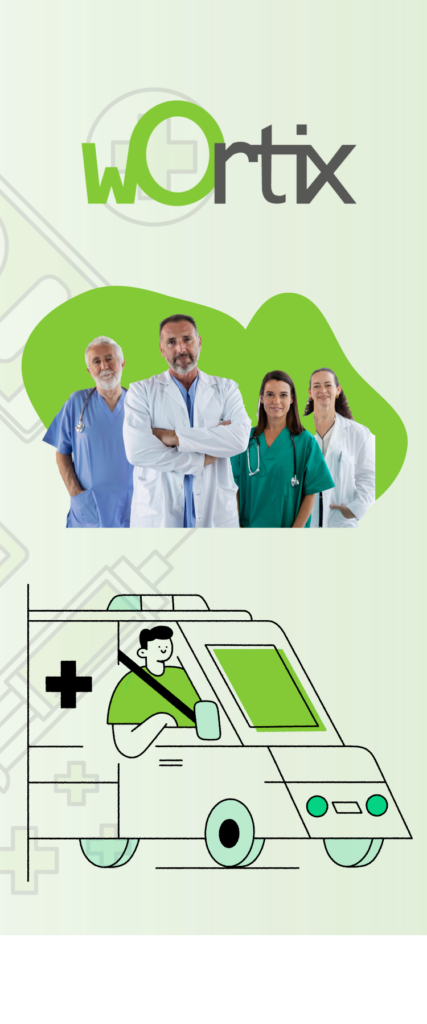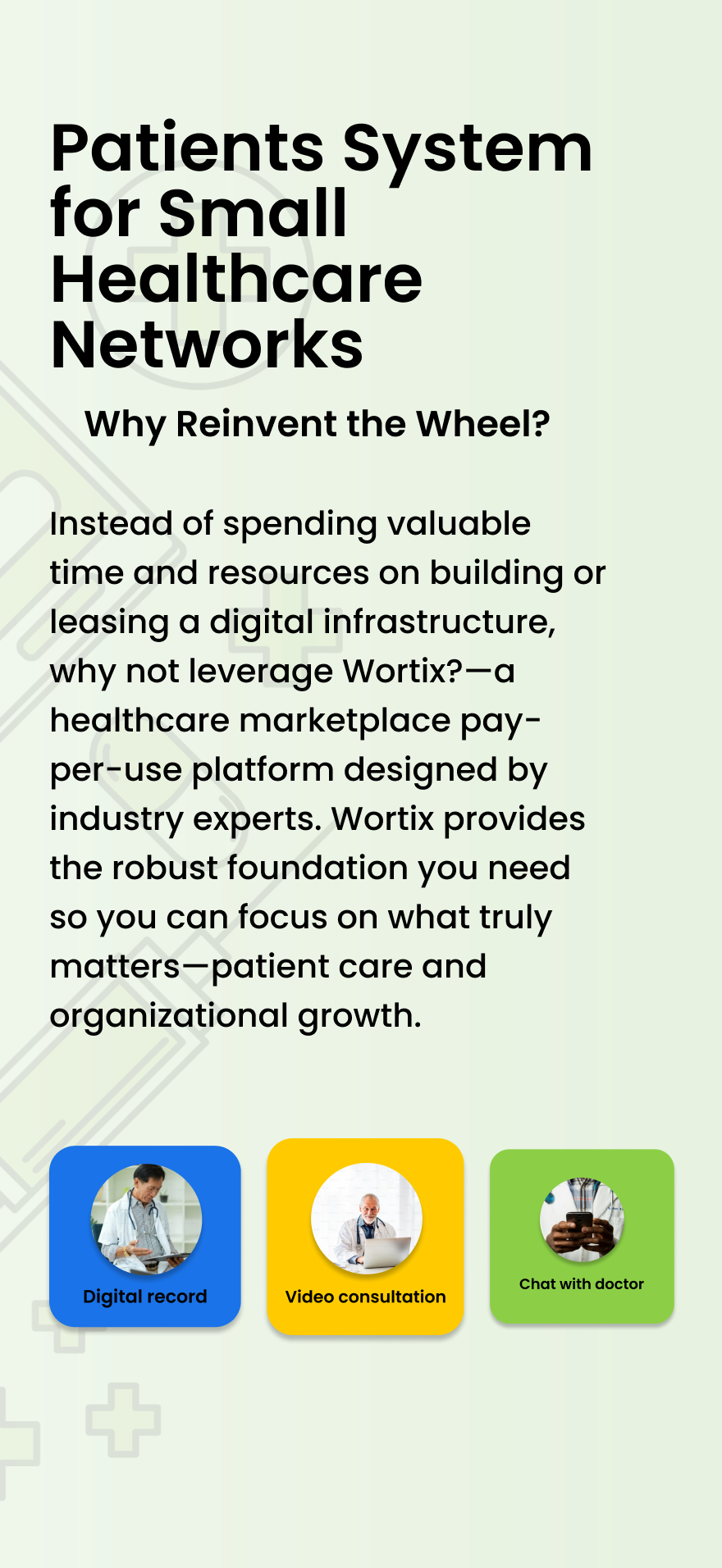Have you been diagnosed with high cholesterol? Is lowering your cholesterol a goal? The first step is to find out: what is cholesterol?
Cholesterol is a waxy, fat-like substance made in the liver and found in certain foods, such as food from animals, like dairy products (whole milk), eggs, and meat.
The body needs some cholesterol in order to function properly. Its cell walls, or membranes, need cholesterol in order to produce hormones, vitamin D, and the bile acids that help to digest fat. But, the body needs only a small amount of cholesterol to meet its needs. When too much is present health problems such as coronary heart disease may develop.
What Is Coronary Heart Disease?
When too much cholesterol is present, plaque (a thick, hard deposit) may form in the body’s arteries narrowing the space for blood to flow to the heart. Over time, this buildup causes atherosclerosis (hardening of the arteries) which can lead to heart disease.
When not enough oxygen-carrying blood reaches the heart chest pain — called angina — can result. If the blood supply to a portion of the heart is completely cut off by total blockage of a coronary artery, the result is a heart attack. This is usually due to a sudden closure from a blood clot forming on top of a previous narrowing.
Types of Cholesterol
Cholesterol travels through the blood attached to a protein — this cholesterol-protein package is called a lipoprotein. Lipoproteins are classified as high density, low density, or very low density, depending on how much protein there is in relation to fat.
- Low-density lipoproteins (LDL): LDL, also called “bad” cholesterol, can cause buildup of plaque on the walls of arteries. The more LDL there is in the blood, the greater the risk of heart disease.
- High-density lipoproteins (HDL): HDL, also called “good” cholesterol, helps the body get rid of bad cholesterol in the blood. The higher the level of HDL cholesterol, the better. If your levels of HDL are low, your risk of heart disease increases.
- Very low-density lipoproteins (VLDL): VLDL is similar to LDL cholesterol in that it contains mostly fat and not much protein.
- Triglycerides: Triglycerides are another type of fat that is carried in the blood by very low-density lipoproteins. Excess calories, alcohol, or sugar in the body are converted into triglycerides and stored in fat cells throughout the body.
What Factors Affect Cholesterol Levels?
A variety of factors can affect your cholesterol levels. They include:
- Diet. Saturated fat and cholesterol in the food you eat increase cholesterol levels. Try to reduce the amount of saturated fat and cholesterol in your diet.
- Weight. In addition to being a risk factor for heart disease, being overweight can also increase your cholesterol. Losing weight can help lower your LDL and total cholesterol levels, as well as increase HDL cholesterol.
- Exercise. Regular exercise can lower LDL cholesterol and raise HDL cholesterol. You should try to be physically active for 30 minutes on most days.
- Age and Gender. As we get older, cholesterol levels rise. Before menopause, women tend to have lower total cholesterol levels than men of the Same age. After menopause, however, women’s LDL levels tend to rise.
- Diabetes. Poorly controlled diabetes increases cholesterol levels. With improvements in control, cholesterol levels can fall.
- Heredity. Your genes partly determine how much cholesterol your body makes. High blood cholesterol can run in families.
- Other causes. Certain medications and medical conditions can cause high cholesterol.
How Much Cholesterol Is Too Much?
Everyone over the age of 20 should get their cholesterol levels measured at least once every 5 years.
When being tested, your doctor may recommend a non-fasting cholesterol test or a fasting cholesterol test. A non-fasting cholesterol test will show your total cholesterol and HDL cholesterol. A fasting cholesterol test called a lipid profile or a lipoprotein analysis, will measure your LDL, HDL, and total cholesterol. It will also measure triglycerides.
Your doctor may start with a non-fasting cholesterol test and then recommend a lipid profile, based on your results.
Doctors recommend your cholesterol stay below 200. Here is the breakdown:
Total Cholesterol Category
Less than 200 Desirable
200 – 239 Borderline High
240 and above High
Your LDL, HDL, and triglyceride levels are important as well.
How Can I Lower My Cholesterol and Reduce My Risk of Heart Disease?
A few simple changes can help lower your cholesterol:
- Eat low-cholesterol foods. The American Heart Association recommends that you limit your average daily cholesterol intake to less than 300 milligrams. If you have heart disease, limit your daily intake to less than 200 milligrams. People can significantly lower their dietary cholesterol intake by keeping their dietary intake of saturated fats low and by avoiding foods that are high in saturated fat and that contain substantial amounts of dietary cholesterol.
- Quit smoking. Smoking lowers HDL (“good”) cholesterol levels. This trend can be reversed if you quit smoking.
- Exercise. Exercise increases HDL cholesterol in some people. Even moderate-intensity activities, if done daily, can help control weight, diabetes, and high blood pressure — all risk factors for heart disease.
- Take medication as prescribed by your doctor. Sometimes making changes to your diet and increasing exercise is not enough to bring your cholesterol down. You may also need to take a cholesterol-lowering drug.
How Is High Cholesterol Treated?
The main goal in lowering cholesterol is to lower your LDL and raise your HDL. There are two key ways to lower cholesterol: eat a heart-healthy diet and take cholesterol-lowering medications.
Doctors determine your “goals” for lowering LDL based on the number of risk factors you have for heart disease.
- If you have 0-1 risk factor for heart disease, you are at low-to-moderate risk. Lifestyle changes are recommended to keep the cholesterol in check.
- If you have 2 or more risk factors, you are at moderate risk or the next-highest risk, depending on what heart disease risk factors you have. Sometimes your doctor will try lifestyle changes, but most of these people require cholesterol-lowering drugs.
- If you have known heart disease, diabetes, or multiple risk factors, you are at high, or very high, risk. These people require a combination of cholesterol-lowering drugs and lifestyle changes to control their cholesterol levels.
What Drugs Are Used to Treat High Cholesterol?
Cholesterol-lowering drugs include:
- Statins
- Niacin
- Bile-acid resins
- Fabric acid derivatives
- Cholesterol-lowering medicine is most effective when combined with a low-cholesterol diet.















